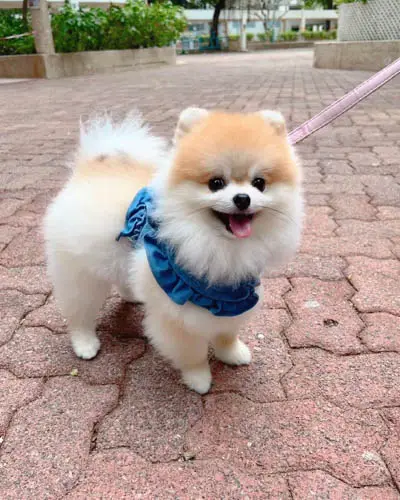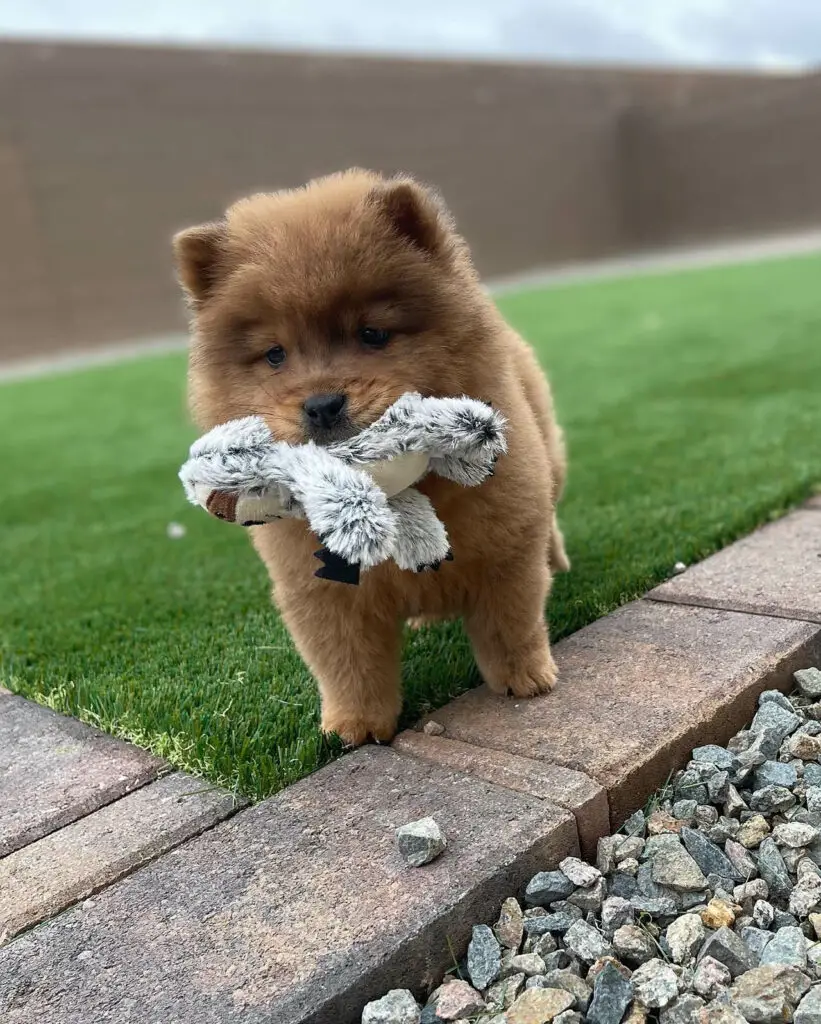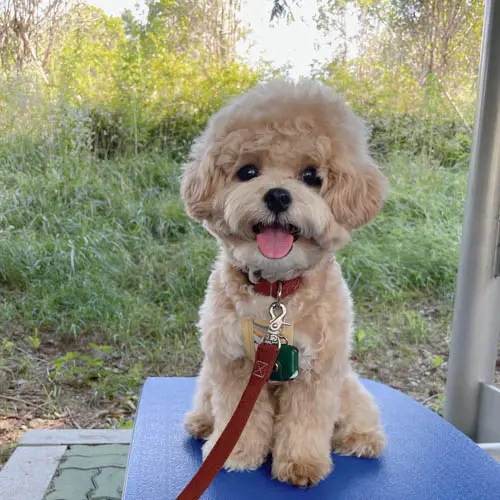Hello there! If you have a pet dog, you understand how crucial it is to train your pet to obey commands in the presence of distractions.
Whether going for a walk in the park or just trying to relax at home, you don’t want your dog causing havoc. But, let’s face it, keeping your dog focused can be challenging. Is it now? Especially when there’s so much going on around them. Without proper training, your pet might just go on having a walk on it’s own!
That’s where we can help! In this post, we’ll walk you through nine simple stages for teaching your dog to obey directions in the presence of distractions. We’ll go through everything from basic obedience training to positive reinforcement and dealing with frustration.
These steps will help you and your dog build a stronger bond and make outdoor activities more enjoyable for both of you. So, let’s get started!
9 Steps to Train Your Dog To Follow Commands Around Distractions

In this section, let’s dive into the nine steps to train your dog to follow commands around distractions!
Start With Basic Obedience
It is critical to train your dog to obey commands to protect their safety and the safety of those around them. Starting with basic obedience training inside, away from distractions, is an excellent approach to lay the groundwork for more sophisticated training later on.
It lets your dog concentrate on learning fundamental commands like sit, stay, and come without being distracted by the outside world. In addition, your dog will be better prepared to undertake more complicated training assignments in the future if it learns these commands.
Remember that consistency is crucial, so make sure to practice these fundamental commands with your pet regularly.
Gradually Introduce Distractions

When your dog has mastered the fundamentals of obedience, it’s time to expose them to distractions. Start by progressively introducing low-level training distractions, like toys or incentives.
Increase the level of distractions, such as noise or other animals, as your dog becomes more accustomed to them. To encourage appropriate behavior, keep in mind to be patient and consistent and offer positive reinforcement.
You’ll be able to take your dog on walks and other trips with more assurance if you teach them to focus in the face of distractions since you’ll know they’ll obey your directions.
Use Treats To Encourage Good Behavior
An effective training method for dogs is positive reinforcement. For example, you may reward your dog for good conduct and fortify your relationship with your furry friend by awarding him with high-value goodies and encouraging words.
Give your dog praise and a tasty treat immediately if they obey your commands or behave positively. Take the example of teaching your dog to “sit” when instructed to do so. Say “sit” to them and then gently push them into a sitting position. Give them a high-value treat after they sit down, like a piece of chicken or cheese, and exclaim, “Good boy/girl!
Repeat this procedure numerous times, extending the interval between the command and reward. Your dog will eventually discover that sitting when instructed results in a sweet treat and positive reinforcement from you. Your dog will finally learn to sit on command without needing a treat with constant repetition and good reinforcement.
Your dog will be inspired to repeat the behavior in the future by this encouraging feedback. Your dog will be ready to learn and obey your orders with the correct rewards and positive reinforcement.
Keep Training Sessions Short And Frequent

To maintain a dog’s attention throughout training, it is crucial to keep the sessions brief and frequent. For instance, divide the training into many 10-minute periods spread out throughout the day rather than trying to teach your dog a new trick for an hour straight.
You can also look into www.allbreeds.au if you want to know more about your dog’s training session time, as it may somewhat differ for different dog breeds.
Your dog will be more likely to recall what they’ve learned if you do this since it will keep them interested and attentive. Always remember to use praise and treats to reinforce positive behavior during training. With constant, regular training, your dog will get more trained and well-behaved over time.
Increase The Level Of Distraction Gradually, Starting With Low-level Distractions.
To develop a dog’s focus and obedience during training, it’s crucial to progressively raise the level of distraction.
For instance, if you’re teaching your dog to stay when asked, start by having him practice in a calm and distraction-free room. Once your dog has mastered the command in this situation, you can introduce low-level distractions like a toy or treat.
Increase the level of distraction as your dog gets more at ease and attentive by practicing the command outside or with other dogs nearby, for example.
Remember always to praise your dog for good conduct and be patient with them as they become accustomed to distractions and new situations. Your dog will become more focused and better trained with perseverance and practice.
Use A Leash To Keep Your Dog Focused
Leashes can be a useful tool to keep your dog engaged and under control when training them. A leash establishes a physical connection between you and your dog, enabling you to control them and keep them from wandering off or becoming distracted.
For instance, wearing a leash can assist you in keeping your dog close to you and stop them from stumbling around when you teach them to heel. Use a leash suitable for your dog’s size and strength, and watch your dog closely while on a leash to avoid mishaps.
Using it consistently throughout training will teach your dog to link the leash with focused, controlled behavior. This will make training sessions more productive and pleasurable.
Reward Your Dog Immediately After They Follow A Command
Rewarding your dog as soon as they comply with a command will help to reinforce the behavior when you train them regularly. Depending on what your dog responds to best, this could be a treat, praise, or showing your dog some love.
If you’re teaching your dog to sit on command, give them a treat as soon as they sit and give them enthusiastic praise.
Your dog will be better able to grasp that obeying the command results in a good thing, and they’ll be more willing to do it again in the future. And the next time you try the same command, repeat the process and give the same treat with the same expression. Consistency is truly the key here!
Never reprimand or chastise your dog for not obeying a command; this can lead to confusion and anxiety. Instead, make the rewards consistent and appropriate so that your pet knows what you expect of them in the future.
Use A Consistent Command For Each Behavior

It’s crucial to use a consistent command for each behavior when teaching your dog and to stick with it. By repeatedly using the same command, you can make sure your dog knows what to expect from them and prevent confusion.
For example, if you want your dog to come to you, use a straightforward command like “Come” and repeat it each time. However, avoid giving your dog repeated commands for the same behavior, which may confuse them and make training more challenging.
Your dog will eventually become more obedient and well-trained with regular training and loads of patience because training a dog does take a lot of time!
Practice Commands In Different Environments To Generalize The Behavior
Practicing commands in various contexts is essential so your dog’s obedience is not restricted to one location.
Doing this may train your dog to follow directions regardless of the environment or potential distractions. Try practicing the same order outside or in a busy public space, for instance, if you’ve taught your dog to lie down on command indoors.
And again, reward your dog when they obey the instruction! It is a highly recommended reminder to be patient while they adjust to their new environment. Your dog will become more obedient, dependable, and self-assured with frequent training in various settings, so having patience is key!
Conclusion
Congratulations on deciding to train your dog to obey directions despite distractions! Following these nine steps, you can train your pet to be obedient and well-behaved in any circumstance.
When training your dog, a few things to remember are to keep sessions brief, utilize consistent orders, praise excellent behavior, and progressively introduce distraction.
Your dog will learn to obey commands despite distractions if you are patient and consistent and provide positive reinforcement.
Keep recognizing your dog’s accomplishments, and enjoy connecting and training with your four-legged best buddy. Good luck!